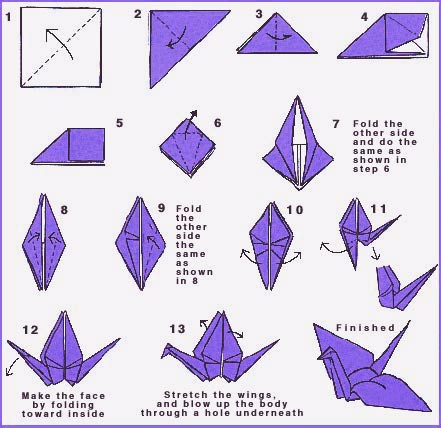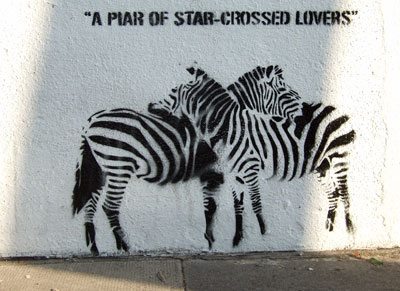Pop art artist
His work defined the basic premise of pop art better than any other through parody.
Favoring the old-fashioned comic strip as subject matter, Lichtenstein produced hard-edged, precise compositions that documented while it parodied often in a tongue-in-cheek humorous manner. His work was heavily influenced by both popular advertising and the comic book style. He described pop art as, "not 'American' painting but actually industrial painting".

Want to learn more about Roy Linchtenstein and his artwork, then go to these websites :)http://en.wikipedia.org/wiki/Roy_Lichtenstein


























